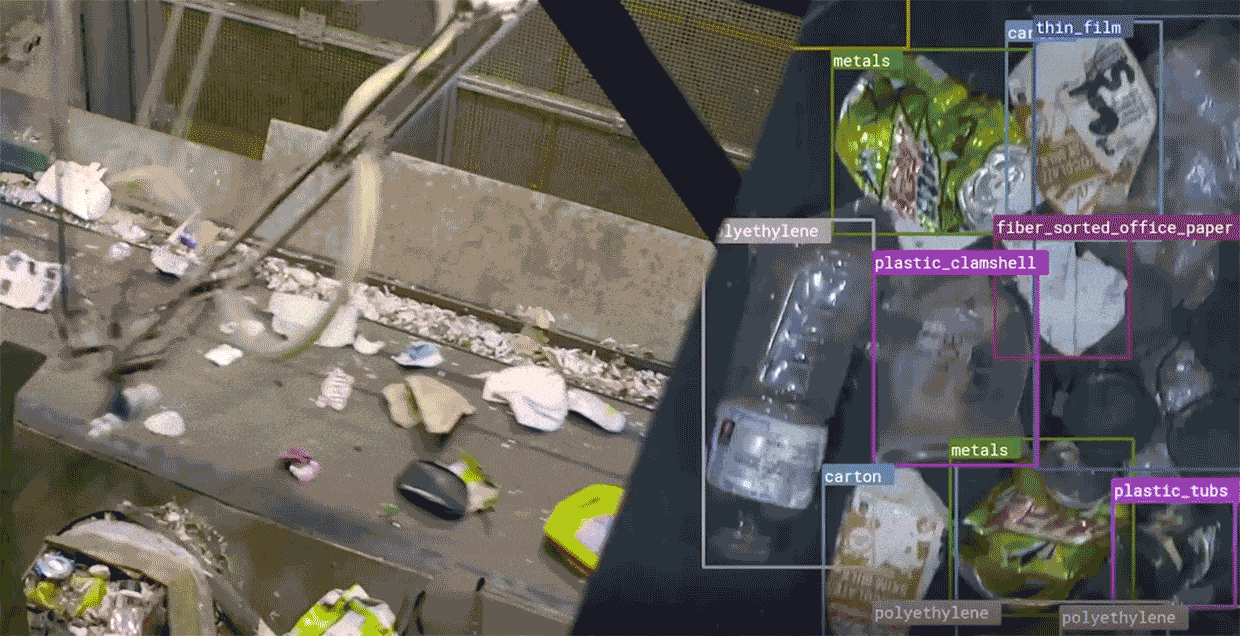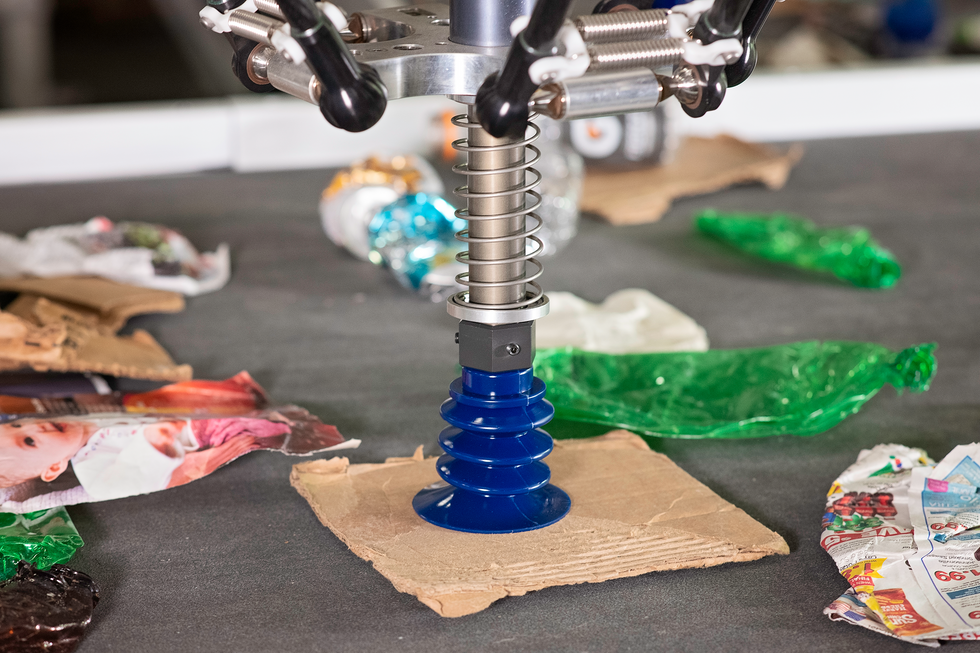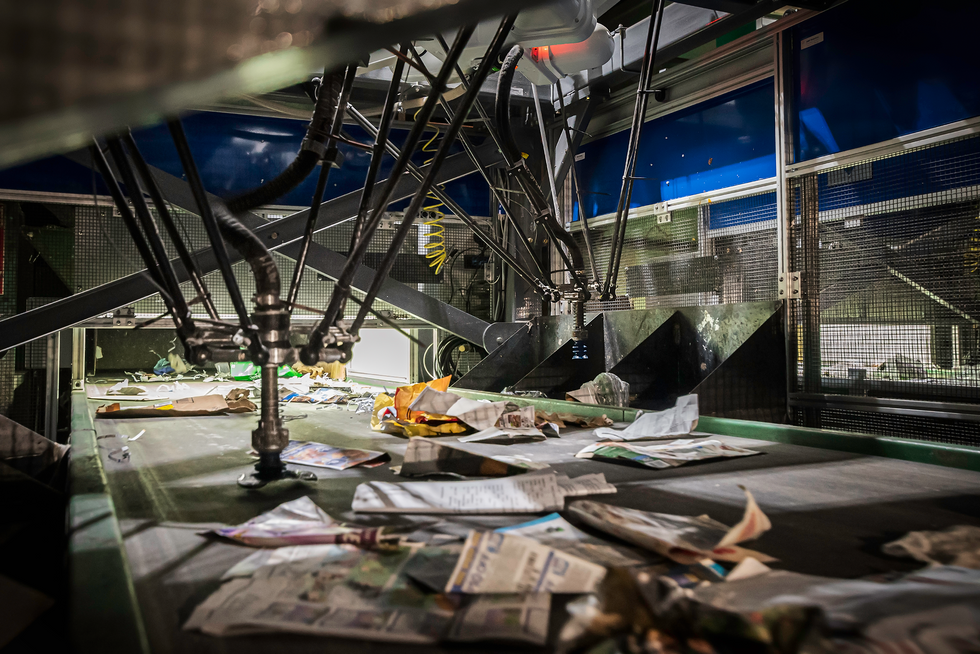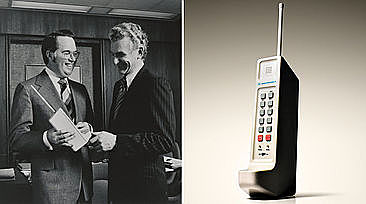We’re Training AI Twice as Fast This Year as Last
So how considerably of the product that goes into the standard bin avoids a vacation to landfill? For international locations that do curbside recycling, the number—called the restoration rate—appears to common around 70 to 90 percent, although common facts isn’t out there. That doesn’t look bad. But in some municipalities, it can go as very low as 40 p.c.
What is worse, only a little quantity of all recyclables helps make it into the bins—just 32 per cent in the United States and 10 to 15 p.c globally. Which is a great deal of materials designed from finite sources that needlessly goes to squander.
We have to do better than that. Suitable now, the recycling market is struggling with a money disaster, many thanks to slipping charges for sorted recyclables as perfectly as coverage, enacted by China in 2018, which restricts the import of a lot of elements destined for recycling and shuts out most recyclables originating in the United States.
There is a way to do greater. Applying personal computer vision, device finding out, and robots to determine and type recycled content, we can strengthen the precision of automated sorting machines, cut down the need for human intervention, and increase overall restoration rates.
My corporation,
Amp Robotics, based in Louisville, Colo., is building components and software that depends on impression investigation to sort recyclables with significantly greater accuracy and restoration premiums than are usual for regular methods. Other providers are similarly performing to apply AI and robotics to recycling, which include Bulk Dealing with Units, Machinex, and Tomra. To day, the know-how has been put in in hundreds of sorting services close to the environment. Increasing its use will protect against squander and aid the environment by trying to keep recyclables out of landfills and earning them a lot easier to reprocess and reuse.

In advance of I reveal how AI will strengthen recycling, let’s appear at how recycled products were being sorted in the earlier and how they’re getting sorted in most elements of the planet now.
When recycling began in the 1960s, the process of sorting fell to the consumer—newspapers in a person bundle, cardboard in a further, and glass and cans in their have individual bins. That turned out to be as well a great deal of a hassle for numerous individuals and limited the amount of recyclable materials gathered.
In the 1970s, lots of towns took away the numerous bins and replaced them with a solitary container, with sorting going on downstream. This “single stream” recycling boosted participation, and it is now the dominant variety of recycling in designed nations around the world.
Transferring the process of sorting more downstream led to the building of sorting services. To do the true sorting, recycling business owners adapted products from the mining and agriculture industries, filling in with human labor as vital. These sorting techniques had no laptop intelligence, relying instead on the actual physical attributes of elements to individual them. Glass, for case in point, can be damaged into little pieces and then sifted and collected. Cardboard is rigid and light—it can glide about a collection of mechanical camlike disks, although other, denser resources slide in concerning the disks. Ferrous metals can be magnetically divided from other resources magnetism can also be induced in nonferrous goods, like aluminum, applying a big eddy current.
By the 1990s, hyperspectral imaging, formulated by NASA and initially introduced in a satellite in 1972, was starting to be commercially practical and commenced to demonstrate up in the recycling entire world. Not like human eyes, which mostly see in combos of crimson, inexperienced, and blue, hyperspectral sensors divide pictures into quite a few much more spectral bands. The technology’s skill to distinguish concerning distinctive types of plastics altered the activity for recyclers, bringing not only optical sensing but laptop or computer intelligence into the process. Programmable optical sorters were being also created to different paper solutions, distinguishing, say, newspaper from junk mail.
So currently, much of the sorting is automated. These techniques usually form to 80 to 95 per cent purity—that is, 5 to 20 per cent of the output should not be there. For the output to be profitable, on the other hand, the purity ought to be better than 95 p.c down below this threshold, the benefit drops, and generally it is worthy of nothing. So people manually clean up up each of the streams, choosing out stray objects right before the material is compressed and baled for transport.
In spite of all the automatic and handbook sorting, about 10 to 30 per cent of the content that enters the facility in the long run ends up in a landfill. In most situations, more than half of that material is recyclable and truly worth revenue but was merely missed.
We’ve pushed the present techniques as much as they can go. Only AI can do far better.
Acquiring AI into the recycling enterprise indicates combining pick-and-location robots with precise authentic-time item detection. Choose-and-position robots put together with computer system eyesight programs are utilised in production to get certain objects, but they normally are just seeking consistently for a single product, or for a couple of things of acknowledged shapes and less than managed lights problems.Recycling, nevertheless, consists of infinite variability in the varieties, styles, and orientations of the objects traveling down the conveyor belt, demanding virtually instantaneous identification alongside with the quick dispatch of a new trajectory to the robotic arm.

My organization initially commenced making use of AI in 2016 to extract vacant cartons from other recyclables
at a facility in Colorado nowadays, we have programs mounted in far more than 25 U.S. states and six nations around the world. We weren’t the 1st corporation to attempt AI sorting, but it hadn’t beforehand been used commercially. And we have steadily expanded the sorts of recyclables our systems can identify and type.
AI tends to make it theoretically doable to recuperate all of the recyclables from a mixed-material stream at accuracy approaching 100 p.c, entirely based mostly on image investigation. If an AI-centered sorting procedure can see an object, it can properly sort it.
Consider a significantly difficult material for today’s recycling sorters: superior-density polyethylene (HDPE), a plastic frequently employed for detergent bottles and milk jugs. (In the United States, Europe, and China, HDPE merchandise are labeled as No. 2 recyclables.) In a program that depends on hyperspectral imaging, batches of HDPE tend to be blended with other plastics and may have paper or plastic labels, building it difficult for the hyperspectral imagers to detect the underlying object’s chemical composition.
An AI-pushed laptop or computer-vision procedure, by distinction, can figure out that a bottle is HDPE and not something else by recognizing its packaging. These a process can also use attributes like colour, opacity, and form factor to raise detection precision, and even sort by colour or specific product, lessening the total of reprocessing wanted. Nevertheless the technique does not attempt to have an understanding of the which means of phrases on labels, the words are portion of an item’s visible attributes.
We at AMP Robotics have crafted units that can do this sort of sorting. In the long term, AI units could also kind by combos of material and by original use, enabling food stuff-quality elements to be separated from containers that held household cleaners, and paper contaminated with food stuff squander to be separated from cleanse paper.
Education a neural network to detect objects in the recycling stream is not uncomplicated. It is at the very least various orders of magnitude a lot more challenging than recognizing faces in a photograph, due to the fact there can be a virtually infinite wide range of means that recyclable materials can be deformed, and the process has to identify the permutations.
It’s difficult plenty of to educate a neural community to determine all the diverse types of bottles of laundry detergent on the market right now, but it is an fully different challenge when you contemplate the physical deformations that these objects can go through by the time they reach a recycling facility. They can be folded, torn, or smashed. Mixed into a stream of other objects, a bottle may possibly have only a corner visible. Fluids or foodstuff squander may well obscure the material.
We prepare our programs by providing them illustrations or photos of components belonging to every single group, sourced from recycling services about the globe. My enterprise now has the world’s greatest details established of recyclable content photos for use in equipment finding out.
Using this data, our types find out to determine recyclables in the same way their human counterparts do, by spotting patterns and features that distinguish different elements. We constantly acquire random samples from all the facilities that use our methods, and then annotate them, include them to our database, and retrain our neural networks. We also test our networks to locate types that perform most effective on focus on material and do focused supplemental instruction on materials that our units have difficulty determining effectively.
In normal, neural networks are vulnerable to discovering the erroneous factor. Images of cows are involved with milk packaging, which is typically created as a fiber carton or HDPE container. But milk products and solutions can also be packaged in other plastics for instance, one-serving milk bottles might seem like the HDPE of gallon jugs but are commonly manufactured from an opaque type of the PET (polyethylene terephthalate) applied for water bottles. Cows really don’t always imply fiber or HDPE, in other terms.
There is also the problem of staying up to date with the continual variations in purchaser packaging. Any system that relies on visual observation to master associations among packaging and content varieties will need to take in a constant stream of data to make certain that objects are categorized accurately.
But we can get these units to function. Ideal now, our systems do truly nicely on particular categories—more than 98 % precision on aluminum cans—and are acquiring much better at distinguishing nuances like colour, opacity, and first use (recognizing all those foods-quality plastics).
Now thatAI-centeredunits are prepared to choose on your recyclables, how may things improve? Absolutely, they will boost the use of robotics, which is only minimally employed in the recycling sector currently. Supplied the perpetual employee shortage in this uninteresting and soiled business, automation is a route really worth taking.
AI can also enable us fully grasp how properly today’s present sorting processes are executing and how we can enhance them. These days, we have a pretty crude comprehending of the operational effectiveness of sorting facilities—we weigh vehicles on the way in and weigh the output on the way out. No facility can tell you the purity of the merchandise with any certainty they only audit high-quality periodically by breaking open random bales. But if you positioned an AI-driven eyesight method above the inputs and outputs of applicable pieces of the sorting course of action, you’d get a holistic view of what material is flowing where by. This degree of scrutiny is just starting in hundreds of services all-around the environment, and it need to lead to better efficiency in recycling functions. Currently being capable to digitize the genuine-time movement of recyclables with precision and regularity also provides possibilities to better comprehend which recyclable resources are and are not presently staying recycled and then to recognize gaps that will enable services to strengthen their recycling methods in general.
https://www.youtube.com/view?v=wCcTrivOAQ0Sorting Robotic Selecting Combined PlasticsAMP Robotics
But to seriously unleash the electric power of AI on the recycling method, we have to have to rethink the total sorting course of action. These days, recycling operations usually whittle down the blended stream of elements to the goal substance by taking away nontarget material—they do a “negative sort,” in other words and phrases. As an alternative, applying AI eyesight methods with robotic pickers, we can conduct a “positive form.” Alternatively of eradicating nontarget product, we detect every item in a stream and find the goal content.
To be confident, our restoration level and purity are only as good as our algorithms. Those people quantities carry on to enhance as our techniques attain much more expertise in the world and our coaching details set continues to grow. We be expecting to ultimately strike purity and restoration costs of 100 per cent.
The implications of transferring from extra mechanical techniques to AI are profound. Fairly than coarsely sorting to 80 % purity and then manually cleansing up the stream to 95 per cent purity, a facility can arrive at the target purity on the initial pass. And instead of getting a one of a kind sorting mechanism managing every type of product, a sorting equipment can adjust targets just by a switch in algorithm.
The use of AI also indicates that we can get better resources extended dismissed for economic motives. Until now, it was only economically viable for services to pursue the most considerable, superior-value merchandise in the waste stream. But with device-finding out systems that do favourable sorting on a wider selection of supplies, we can commence to seize a higher diversity of materials at little or no overhead to the organization. That is fantastic for the world.
We are starting to see a several AI-dependent secondary recycling services go into procedure, with Amp’s technological know-how initial coming on line in Denver in late 2020. These devices are now used where by product has already passed as a result of a standard sort, seeking superior-price elements skipped or small-worth supplies that can be sorted in novel ways and for that reason come across new marketplaces.
Many thanks to AI, the marketplace is beginning to chip absent at the mountain of recyclables that conclusion up in landfills each and every year—a mountain containing billions of tons of recyclables representing billions of bucks lost and nonrenewable resources squandered.
This write-up seems in the July 2022 print situation as “AI Will take a Dumpster Dive .”









